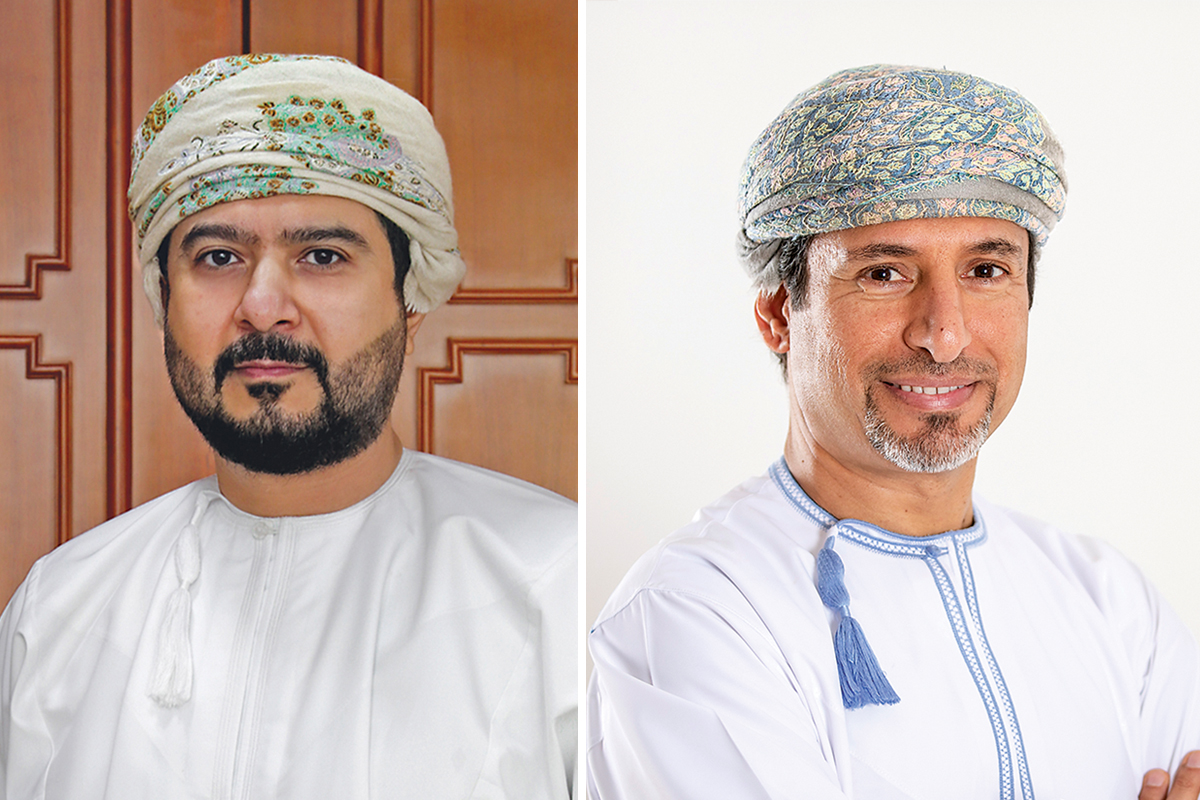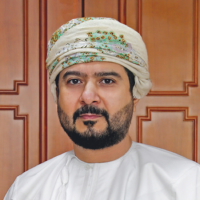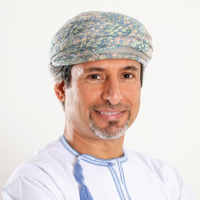This year, Japan and Oman celebrate the 50th anniversary of the start of their diplomatic relationship, which built the foundations for an enduring friendship and growing trade. The two countries are also tied by a more personal bond, going back to 1932 when the grandfather of Oman’s Sultan Haitham bin Tariq al Said married a Japanese woman, Kiyoko Oyama. “The Omani royal family is intrinsically linked to Japan,” noted Minister of Commerce, Industry and Investment Promotion Qais bin Mohammed al Yousef.
According to former Japanese Ambassador Toshinori Kobayashi: “Our economic partnership started through the trade of crude oil, making Japan one of the oldest buyers of Oman’s crude. Our trading relationship expanded throughout the 20th century, with Japan importing oil and more recently liquefied natural gas, and exporting automobiles, electric appliances and other products. The trade volume between the two nations has increased over time to the current level of about $5 billion a year.”
Japan is Oman’s sixth-largest trade partner, representing 4.24% of its total exchanges, according to the latest data from the Observatory of Economic Complexity. Even though China is by far Oman’s most important trading partner, with a whopping 45.1% of its exchanges in 2020, Japan is an important second-tier partner, along with South Korea, Saudi Arabia and the United Arab Emirates. Oman’s major exports to Japan are petroleum gas and crude petroleum, while cars, delivery trucks and vehicle parts account for around 70% of its Japanese imports at the moment.
Boosting nonoil sectors
In early 2021, Oman launched an ambitious program to strengthen and diversify its economy: Vision 2040. The four main goals of the program are to foster a society of creative individuals who enjoy sustained well-being; build a competitive, productive and diversified economy based on innovation and driven by the private sector; ensure a safe and well-preserved environment, with effective, balanced ecosystems and renewable resources; and, lastly, to consolidate responsible state agencies with comprehensive governance, effective oversight, a swift justice system and efficient performance.
As part of its Vision 2040 program, Oman is keen to build on its partnership with Japan in order to boost its nonoil sectors. According to Oman’s Ministry of Industry, Information and Communications Technology, the areas earmarked for growth are agriculture, education, health care, manufacturing, tourism, logistics, mining and fisheries. If the program is successful, Oman’s manufacturing sector would account for around 15% of its gross domestic product by 2040, having contributed just under 8% in 2020, according to the World Bank. “We aim to attract high-tech manufacturing projects and we want to change our manufacturing from being labor-intensive to being capital-intensive. For this, we require the support of our friends in Japan to learn about new technologies, especially technologies related to the Fourth Industrial Revolution. Hopefully, we can join hands and create opportunities,” al Yousef said.
Oman has already laid the groundwork for these opportunities. “We have built substantial hard and soft infrastructure over the past 60 years,” he asserted. Among its main “hard” infrastructure assets, al Yousef cites the international airports and ports of Sohar, Duqm and Salalah, as well as Madayn, the public body for industrial estates that was set up in 1993 as the government’s arm for attracting projects and investment in manufacturing. Today, Madayn manages and operates 10 industrial cities around the country, as well as Knowledge Oasis Muscat and the Al Mazunah Free Zone. Regarding Oman’s “soft” infrastructure, the minister highlights its secure and investor-friendly legal and regulatory framework.
Furthermore, an economic stimulus plan launched by the government in March 2021 focuses, among other things, on improving the business environment through a seven-year protection of foreign investments and the granting of immediate operation and trade licenses for about 88% of economic activities, making it a particularly attractive location to set up a business.
The Japanese government recognizes two main areas of opportunity in Oman’s Vision 2040, noted Kobayashi: the promotion of business and investment in nonoil industries, and the diversification of energy. Regarding nonoil sectors, Japan sees opportunities in agricultural products from kidney beans to date palm and frankincense, as well as fisheries and tourism.
In terms of energy, there is clear potential for Japanese companies in hydrogen production, an area in which Japan is a front-runner. The possibility of partnerships in this area was discussed at a ministerial level during a visit of Oman’s minister of energy and minerals to Japan in 2019.
Aiming at net-zero
The oil sector has been the main driver of Oman’s economy since the late 1960s, representing about 70% of the government’s revenues and about 30% of the country’s GDP in recent years.
Commenting on the Vision 2040 program, Oman’s Ministry of Energy and Minerals Undersecretary Salim bin Nasser al Aufi said, “My ministry needs to play a major role in achieving the vision, but our role will be channeled toward becoming an enabler and it will be a supporting role as opposed to a leading one.” As al Aufi pointed out, “There is a strong drive toward increasing the share of renewables in our energy sector and the general consensus is that they should reach about 30% of our energy mix by 2030.”
Japan can help Oman to achieve this goal, as the Asian nation continues to innovate in order to advance its own ambitious program to reach net-zero for carbon by 2050 and to reduce its carbon emissions by 46% by 2030, stated al Yousef: “Japan’s approach to achieving net-zero emissions is very much in line with the Omani government’s attitude. Although we are a developing country with a focus on manufacturing, sustainability remains a focal point for us. We cannot protect ourselves unless we focus on the environment as an important element of our growth.”
Japan’s government sees yet another substantial asset in Oman: its strategic location on the Arabian Peninsula, halfway between Asia and Africa. “With a population of about 4.5 million, Oman doesn’t have a large domestic market, but it does present opportunities because of its location between two hugely developing markets,” Kobayashi revealed. “Oman is located at the center of a gigantic economy. When Japanese companies consider their business models and the value chain in this vast economic zone, they should recognize that Oman provides an ideal location both in terms of logistics and added value. It definitely has a lot of potential,” he concluded.
This report was produced by Global Insight and can also be read here:
https://info.japantimes.co.jp/international-reports/pdf/20220510-GI-Oman.pdf
www.global-insight.net





